Size: 1 packet
Hollyhocks (Alcea rosea) are classic cottage garden plants known for their tall, stately spikes adorned with large, beautiful flowers. They can add dramatic height and a touch of old-world charm to any garden. While generally easy to grow, they do have specific needs to thrive, especially in diverse climates like India’s.
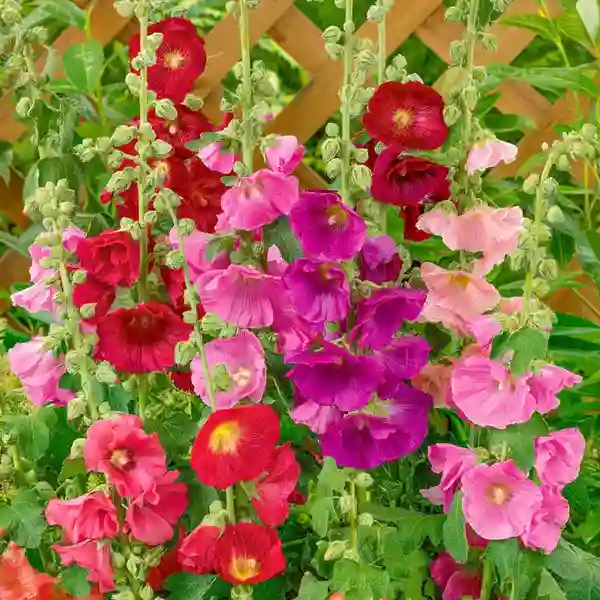
Here’s a comprehensive guide to caring for hollyhocks:
1. Life Cycle (Biennial or Short-Lived Perennial): Most hollyhocks are biennials, meaning they complete their life cycle in two years.
- Year 1: The plant focuses on developing a strong root system and producing leafy growth (a rosette of leaves).
- Year 2: It sends up its tall flower stalks, blooms, sets seed, and then typically dies. However, they often self-seed readily, giving the impression that they are perennials, as new plants pop up each year. Some varieties can also act as short-lived perennials in ideal conditions.
2. Sunlight: Hollyhocks thrive in full sun, needing at least 6 to 8 hours of direct sunlight daily for the best growth and abundant blooms.
- In hotter climates, especially where summer temperatures are intense (like many parts of India), partial shade in the afternoon can be beneficial. This helps protect the lower leaves from scorching and prevents the plant from wilting. However, too much shade can lead to leggy growth and fewer flowers.
3. Soil:
- Well-draining soil is essential. Hollyhocks hate soggy feet, which can lead to root rot.
- They prefer rich, fertile soil with plenty of organic matter. Amend your soil with compost or well-rotted manure before planting to improve fertility and drainage.
- The ideal soil pH is slightly acidic to neutral (6.0 to 7.0). They are quite adaptable but perform best in this range.
4. Watering:
- Consistent moisture is crucial, especially during their active growing phase and dry spells.
- Water deeply and regularly, aiming to keep the soil moist but not waterlogged.
- Water at the base of the plant to keep the foliage dry. This is very important for preventing fungal diseases like rust (see “Pests and Diseases” below).
- Once established, hollyhocks can tolerate some drought, but regular watering will encourage better blooms.
5. Temperature and Growing Season (Specific to India):
- Hollyhocks prefer cooler to moderate temperatures.
- In India, the ideal season to grow hollyhocks is during the cooler months, generally from October to February/March, when temperatures are mild and humidity is lower.
- Sowing seeds: You can sow seeds directly outdoors in late autumn (October-November) for blooms in the following spring/summer, or in early spring (February-March) or early summer (April) if you want them to bloom in their first year (especially true for some annual-like varieties). Starting seeds indoors 8-10 weeks before the last frost can also give them a head start.
- Optimal germination temperature is around 18-24°C (64-75°F).
- They can tolerate some heat, but extreme summer heat and high humidity can stress them and make them more susceptible to diseases.
6. Planting:
- From seeds: Hollyhocks are easily grown from seed. Direct sowing is often preferred because they develop long taproots and dislike root disturbance. Sow seeds about 0.5 cm (1/4 inch) deep.
- Spacing: Space plants 12-24 inches (30-60 cm) apart. Proper spacing is crucial for good air circulation, which helps prevent diseases.
- If transplanting seedlings, do so carefully to minimize root disruption. Tall, individual pots are recommended if starting indoors.
7. Fertilizing:
- Hollyhocks benefit from nutrient-rich soil. If your soil is already fertile, you may not need much fertilizer.
- If your soil is poor, amend it with organic matter like vermicompost or cow manure in spring.
- A balanced, all-purpose fertilizer (e.g., 10-10-10 or 20-20-20) can be applied in spring as new growth emerges, and possibly every few weeks during the blooming period. Avoid excessive nitrogen, as it promotes leafy growth over flowers.
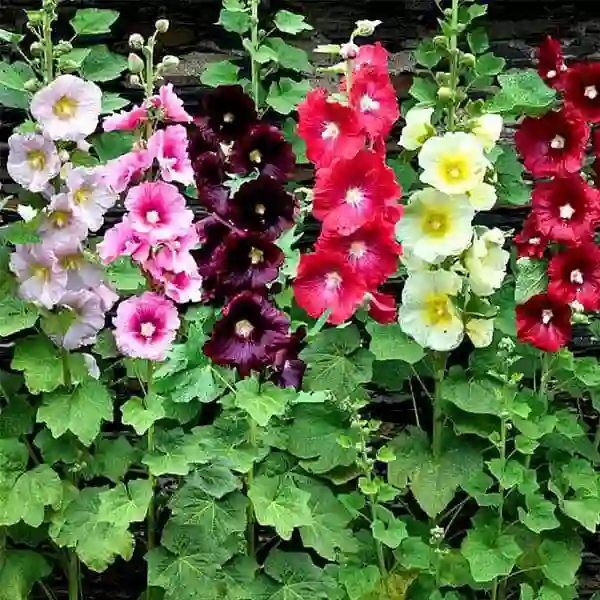
8. Staking:
- Many hollyhock varieties grow very tall (6-8 feet or more). Their tall, hollow stems can be easily damaged by strong winds or heavy rain.
- Staking is highly recommended to provide support. Install stakes or a trellis early in the growing season, before the plants get too tall, to avoid damaging the roots later. Tie the stems loosely to the support.
9. Pruning and Deadheading:
- Deadhead spent flowers regularly (remove faded blooms). This encourages the plant to produce more flowers and prolongs the blooming season. It also prevents self-seeding if you want to control their spread.
- If you want the plants to self-seed for the next year, leave some flower stalks to mature and produce seeds.
- After the flowering season is over (late summer/fall), or once frost hits, cut the entire plant back to the ground level. This is particularly important for preventing the overwintering of fungal diseases like rust.
10. Pests and Diseases: Hollyhocks are generally hardy but are susceptible to a few common issues:
- Hollyhock Rust (Puccinia malvacearum): This is the most common and significant problem. It appears as yellow spots on the upper leaf surface and characteristic orange to brown, raised pustules on the underside of the leaves. Severe infection can disfigure the plant.
- Prevention is key:
- Ensure good air circulation by proper spacing.
- Water at the base of the plant, avoiding wetting the foliage.
- Remove and destroy any infected leaves immediately.
- Clean up all plant debris in the fall to prevent spores from overwintering.
- Some varieties are more rust-resistant; consider planting those.
- Fungicides can be used as a preventative measure, especially in areas prone to rust.
- Prevention is key:
- Powdery Mildew: Appears as a white, powdery growth on leaves and stems. Similar prevention methods as for rust apply (good air circulation, proper watering).
- Pests:
- Aphids: Small, soft-bodied insects that cluster on new growth. Spray with insecticidal soap or neem oil.
- Slugs and Snails: Can chew holes in leaves, especially on young plants. Use baits or hand-pick.
- Japanese Beetles, Spider Mites, Caterpillars: Can also be occasional problems. Neem oil or appropriate organic insecticides can help.
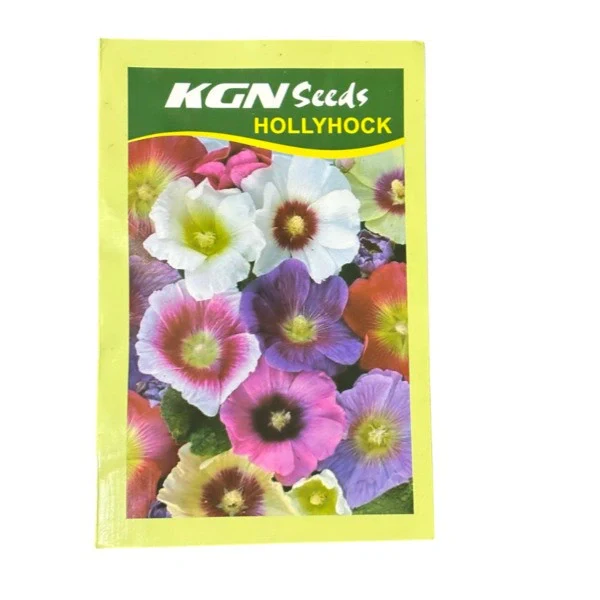
11. Toxicity:
- While beautiful, all parts of the hollyhock plant are considered mildly toxic if ingested by humans or pets. It’s generally not life-threatening but can cause digestive upset.
By following these care guidelines, especially focusing on well-draining soil, proper watering, and disease prevention, you can enjoy the majestic beauty of hollyhocks in your garden.
Only logged in customers who have purchased this product may leave a review.

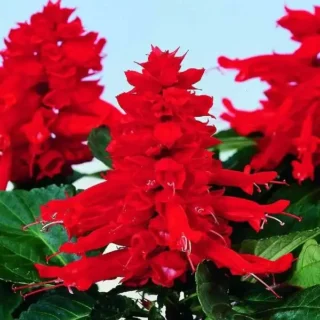
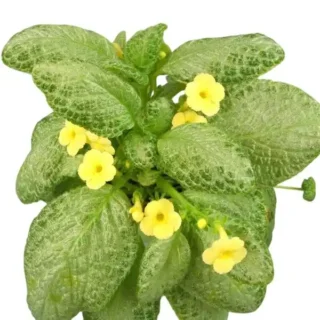
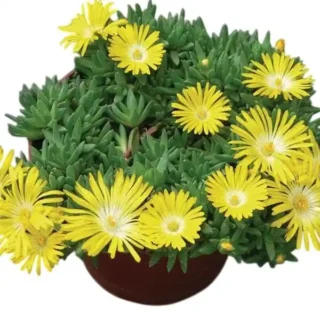
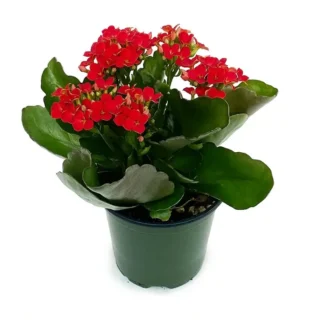
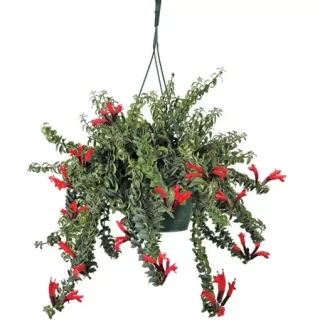
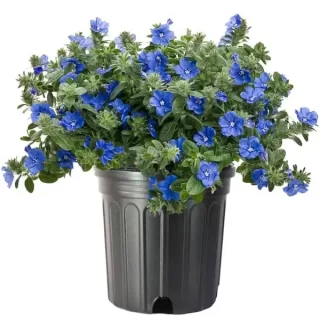
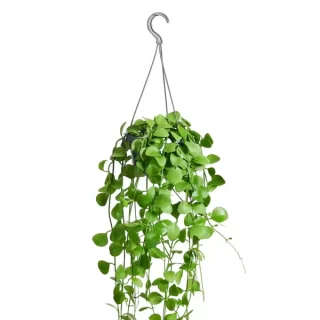

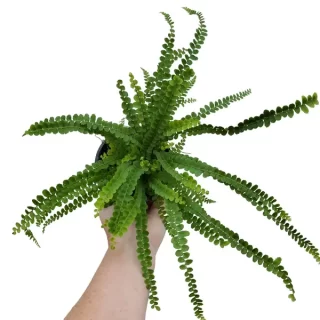
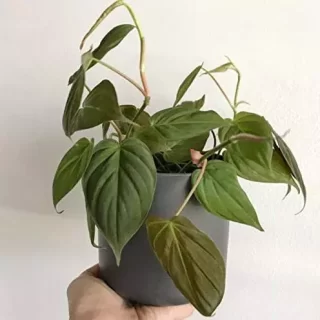
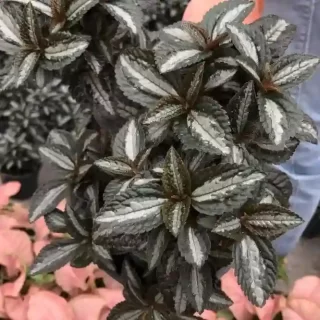

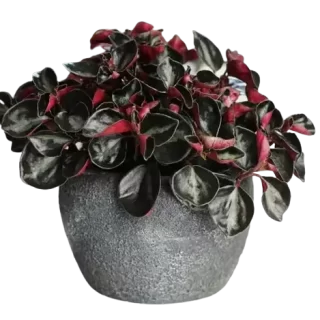
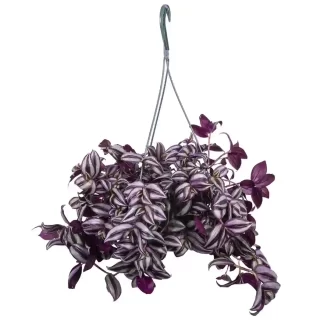
 If you need any assistance, I'm always here. Have you found what you were looking for?
If you need any assistance, I'm always here. Have you found what you were looking for?
Reviews
There are no reviews yet.